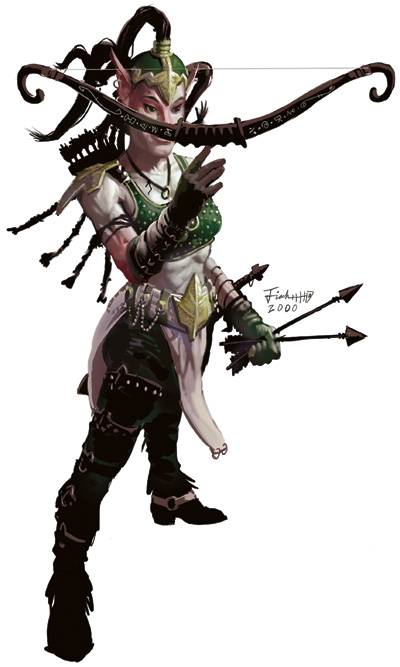

The original edition was written by Gary Gygax and edited by Mike Carr, who also wrote the foreword. Like other volumes of Dungeons & Dragons handbooks, the Dungeon Masters Guide has gone through several versions through the years. The 1983 printing featured a new cover by Jeff Easley. The original AD&D Dungeon Masters Guide (sic) was written by Gary Gygax and published by TSR in 1979 as a 232-page hardcover with a cover by David C.
DMG 5E LG MANUAL
While all players, including the Dungeon Master, are expected to have at their disposal a copy of the Player's Handbook, only the Dungeon Master is expected to refer to the Dungeon Master's Guide or Monster Manual during gameplay. Both the Dungeon Master's Guide and the Player's Handbook give advice, tips, and suggestions for various styles of play. The Player's Handbook, Dungeon Master's Guide, and Monster Manual are collectively referred to as the "core rules" of the Dungeons & Dragons game. It is a companion book to the Player's Handbook, which contains all of the basic rules of gameplay, and the Monster Manual, which is a reference book of statistics for various animals and monsters. The original Dungeon Master's Guide was published in 1979 and gave Dungeon Masters everything they needed to run a D&D game campaign. The Dungeon Master's Guide contains rules concerning the arbitration and administration of a game, and is intended for use by the game's Dungeon Master. On a failed save, it drops the thing you pick.The Dungeon Master's Guide ( DMG or DM's Guide in some printings, the Dungeon Masters Guide or Dungeon Master Guide) is a book of rules for the fantasy role-playing game Dungeons & Dragons. And the target must make a Power saving throw. You add the superiority expire to the attack’s damage roll. You can expend one superiority die to try to disarm the goal, forcing it to drop 1 item of your choice that it is holding. Suppose you strike a monster with a weapon attack.
DMG 5E LG FREE
Catching the merchandise is a free action. Otherwise, the attacker may elect to catch the thing by repeating the competition using Dexterity (Acrobatics). The attacker may choose to ship the item flying tore property in a random distance adjacent to the target (DMs option ) by repeating the contest and winning. The attack causes no harm or other ill effect, but the protector drops the item. The attacker can make this decision the instant the damage is dealt.

If you reduce a monster to 0 HP in battle, you may choose to disarm that creature and abandon them at 1 HP. Shields are definitely “items,” and carrying something in 1 hand is synonymous with having it on your grasp, so yes, you can easily disarm a 5e shield. Can you disarm a 5e shield?Ī shield is made of wood or metal and is carried in 1 hand. A significant number of monsters utilize natural attacks and not weapons. Tripped: a no longer entire movement to get up, only costs part of move speed.ĭisarmed: Drawing on a new weapon is essentially free (can be done as a member of a weapon attack). Tripping & disarming are generally poor choices anyhow. It takes training to do such things efficiently, and as a result, only the Battle Master can perform it. General rules for maneuvers are still not present. (However, to be apparent, it is still an optional rule/action that may or Might Not Be present in any given DM’s match )

As of the DMG’s launch (DMG p.271), there is an officially suggested competition for disarming attempts. It is utilizing a contest if you are not as educated as the Battlemaster. It certainly seems like the aim of a section like this would be to allow you to attempt special maneuvers (like disarming) as an action in battle. The DM can make use of these contests as versions for others. It is about Grappling and shoving a creature. This section contains the most common competitions that require an action in combat. You may see that the sidebar in the segment on Grappling/Shoving a Creature (Fundamental Rules p.74.) A contest symbolizes such a challenge. That is the closest thing to a general rule for Disarm 5e dnd. It is to assess if it’s larger than the attacking creature or a disadvantage if it’s smaller. The goal has an advantage in its ability. The attacker has a drawback on its attack roll when the goal is holding the item with at least two hands. Suppose the attacker wins the contest, the attack causes no damage or other ill effect. The attacker makes an attack roll contested by the target’s Strength (Athletics) test or Dexterity (Acrobatics) check. A creature in dnd can use a weapon attack to knock out a weapon or another object from a goal’s grasp. The discretionary principle for disarming (DMG p271) is as follows.


 0 kommentar(er)
0 kommentar(er)
